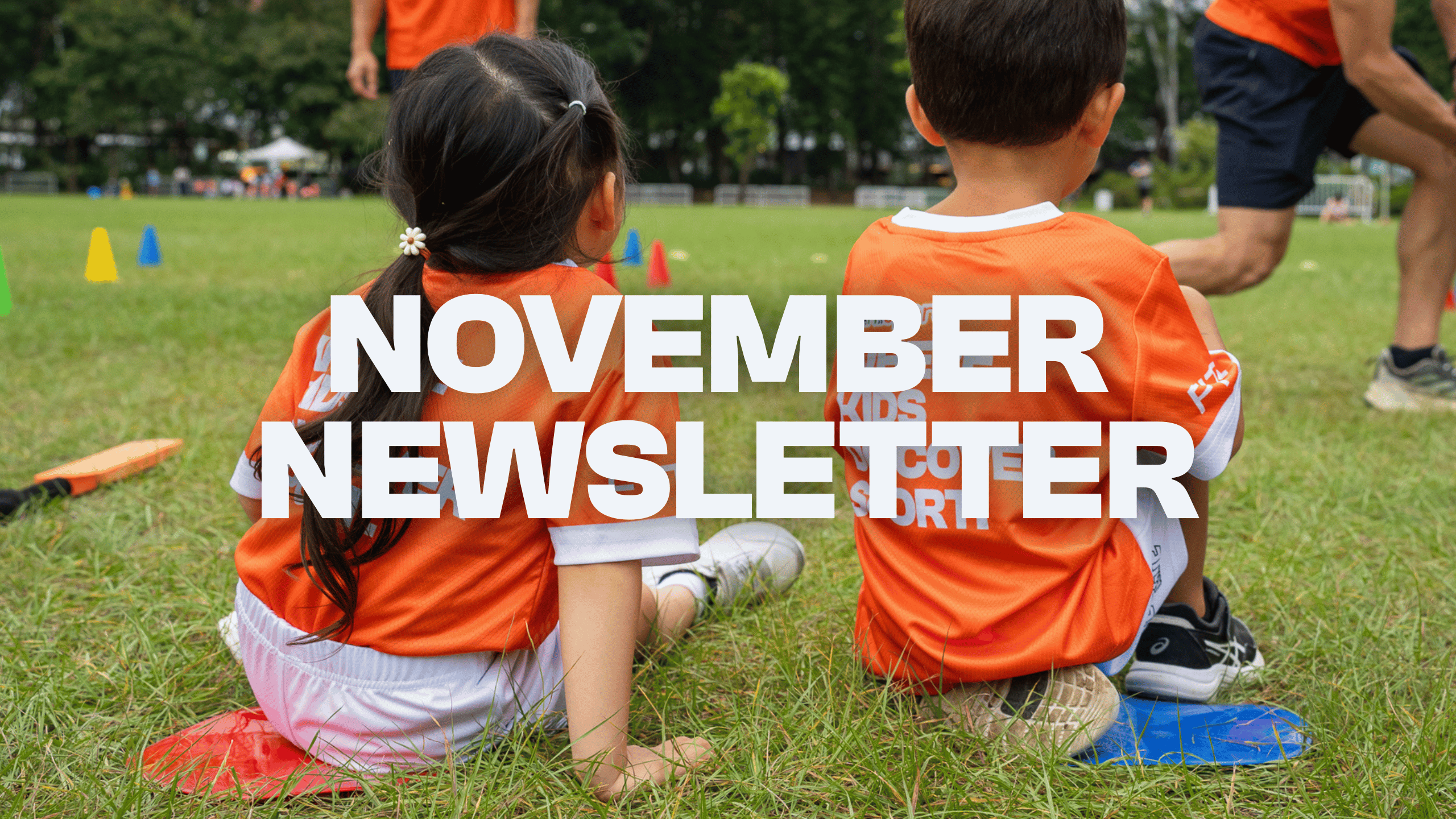.png)


Starting January 1, 2026, we’re replacing credits with Makeup Tokens—a simpler, fairer way to make up missed classes.
Read more




Flying with young kids doesn’t have to be stressful—with the right strategies, you can turn a potentially chaotic experience into a smoother, more manageable journey for the whole family.
Flying with young children—especially toddlers and pre-schoolers—can feel overwhelming. Will they nap on the plane? What if their ears hurt? How will they handle the time difference? Whether you’re flying long-haul or just a few hours, a little preparation goes a long way in making the journey smoother for both your child and you.
This guide is packed with simple, practical tips to help make air travel easier for children up to age 5 or 6. From sleep adjustments and smart packing to inflight routines and jet lag tricks, these parent-approved strategies will help you feel more confident the next time you take off.

To avoid full-on jet lag, start shifting your child’s sleep by 15–30 minutes per day around 5–7 days before your trip.
Start talking about the new schedule in advance: “When we’re at Grandma’s house, bedtime will be a little later!” Setting expectations early can really help.

Aeroplanes and hotel rooms can feel strange to little ones, so bring items that feel like home:

Try to book flights that align with your child’s natural rhythm.
Red-eye flights can be useful for long-hauls if your child sleeps well in transit, while morning flights often work best for toddlers who nap in the middle of the day.
When it comes to seating:
Don’t forget to gate-check your pushchair or travel car seat to make airport transitions smoother.

Changes in cabin pressure can be uncomfortable or painful for children.
Offer a bottle, dummy (soother), straw cup, lollipop, or chewy snack during take-off and landing. For older toddlers, try a “yawning game” or gently teach them to ‘blow out’ their ears.

A well-packed activity bag is your secret weapon:

When it’s time to sleep, mimic your usual routine as closely as possible—even at 30,000 feet.
Familiar cues help your child wind down and feel secure.

Plane air is very dry, and dehydration can make children tired or irritable.
Offer water regularly—especially if they’re breastfeeding or drinking less milk while travelling. Bring a selection of healthy, low-sugar snacks: string cheese, chopped fruit, oat bars, wholegrain crackers.
Avoid high-sugar options that may cause energy spikes and crashes.

Light exposure plays a key role in resetting your child’s body clock.
Bonus tip: Playing outdoors helps burn off extra energy and supports better sleep that night.

Once you’ve landed, try to shift meals, naps, and bedtime to local time as soon as possible.

If you’re travelling with a partner, tag-team parenting duties:
Most importantly: lower your expectations. Travelling with young children isn’t going to be perfect—and that’s perfectly okay. Stick to a loose routine where you can, and trust that their body will adjust in a few days.

Having the right tech ready can make all the difference on a flight.
These simple steps can help avoid mid-flight meltdowns and keep your child happily entertained.

Airports can be busy and unpredictable—especially with children in tow. Give yourselves extra time to navigate check-in, security, and toilet stops without rushing.
Starting the journey with less pressure makes a huge difference in how smoothly the rest of the day goes.
With the right balance of preparation and flexibility, flying with kids can be less stressful—and even enjoyable. ✈️Wishing you smooth skies and happy travels with your little co-pilots!


.png)




